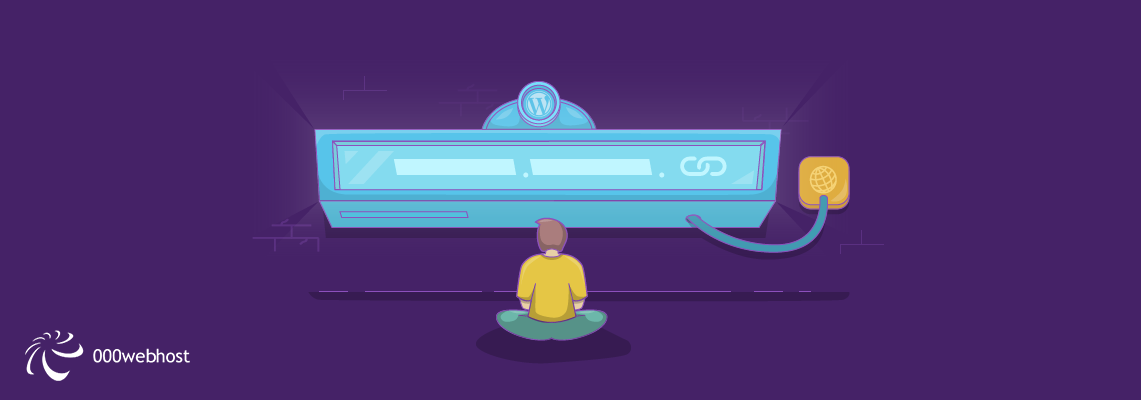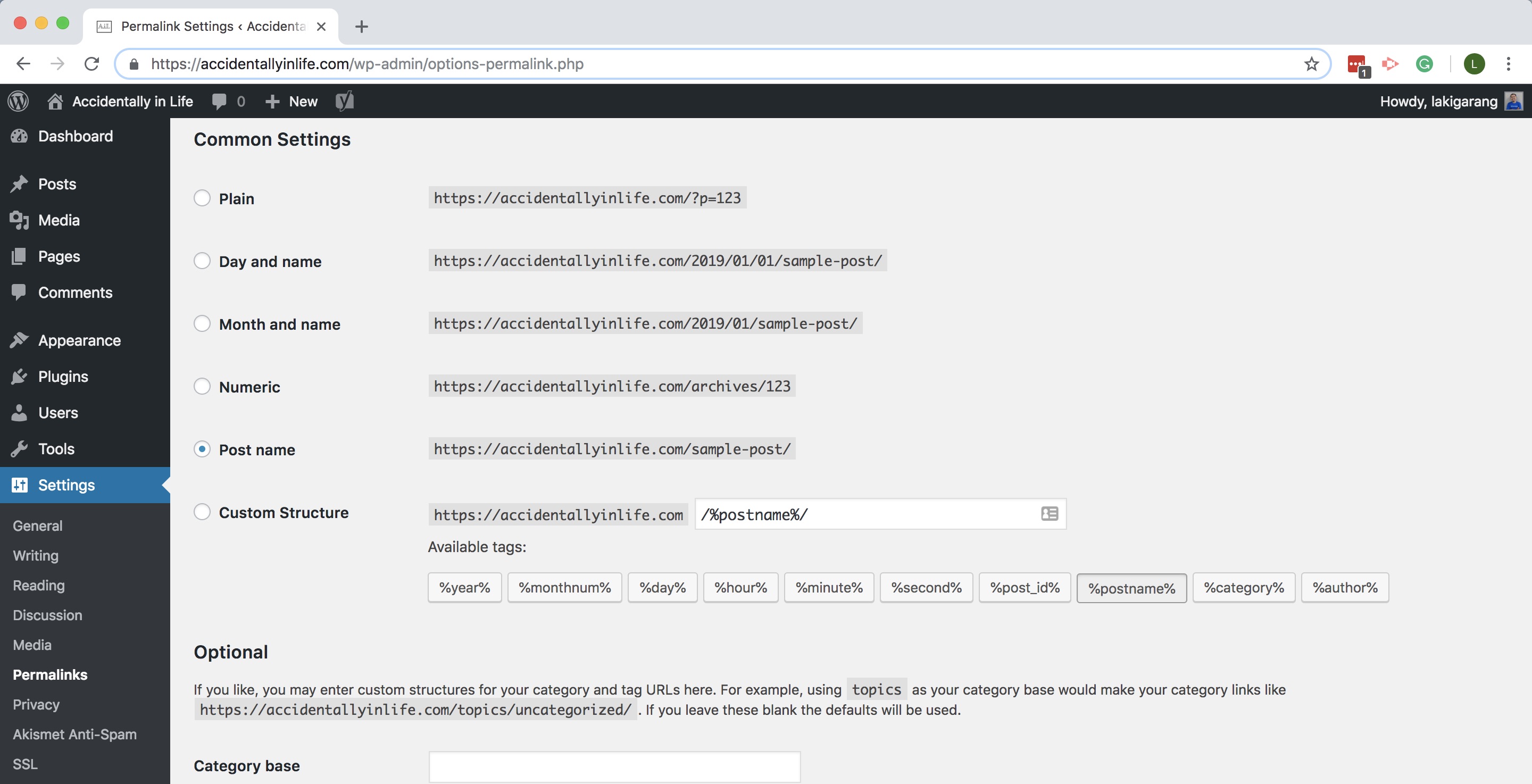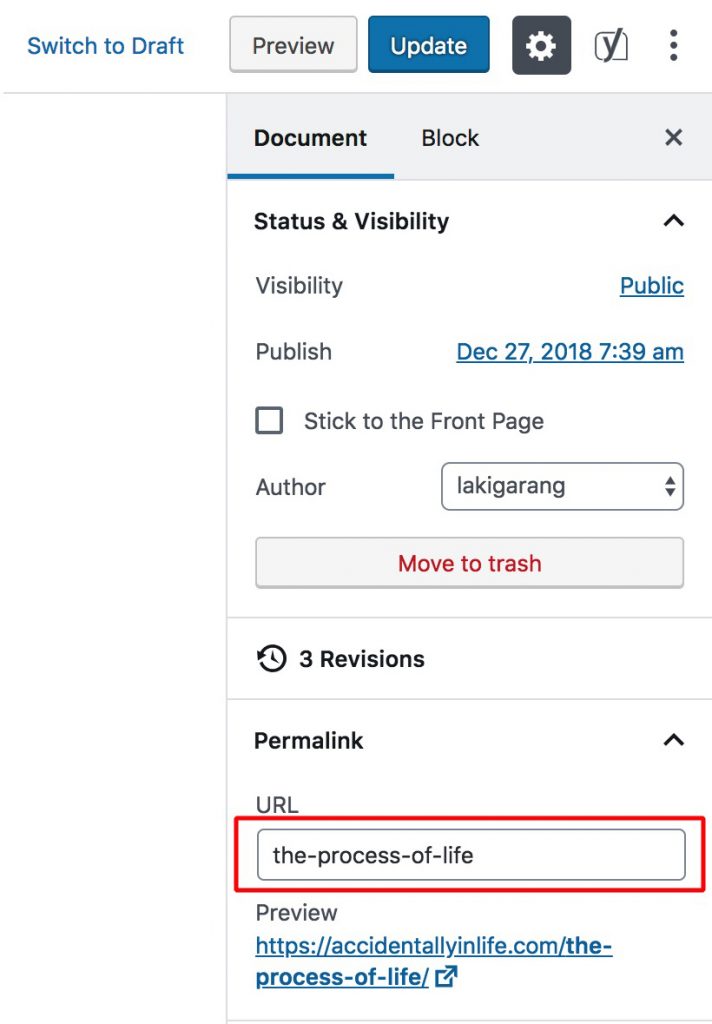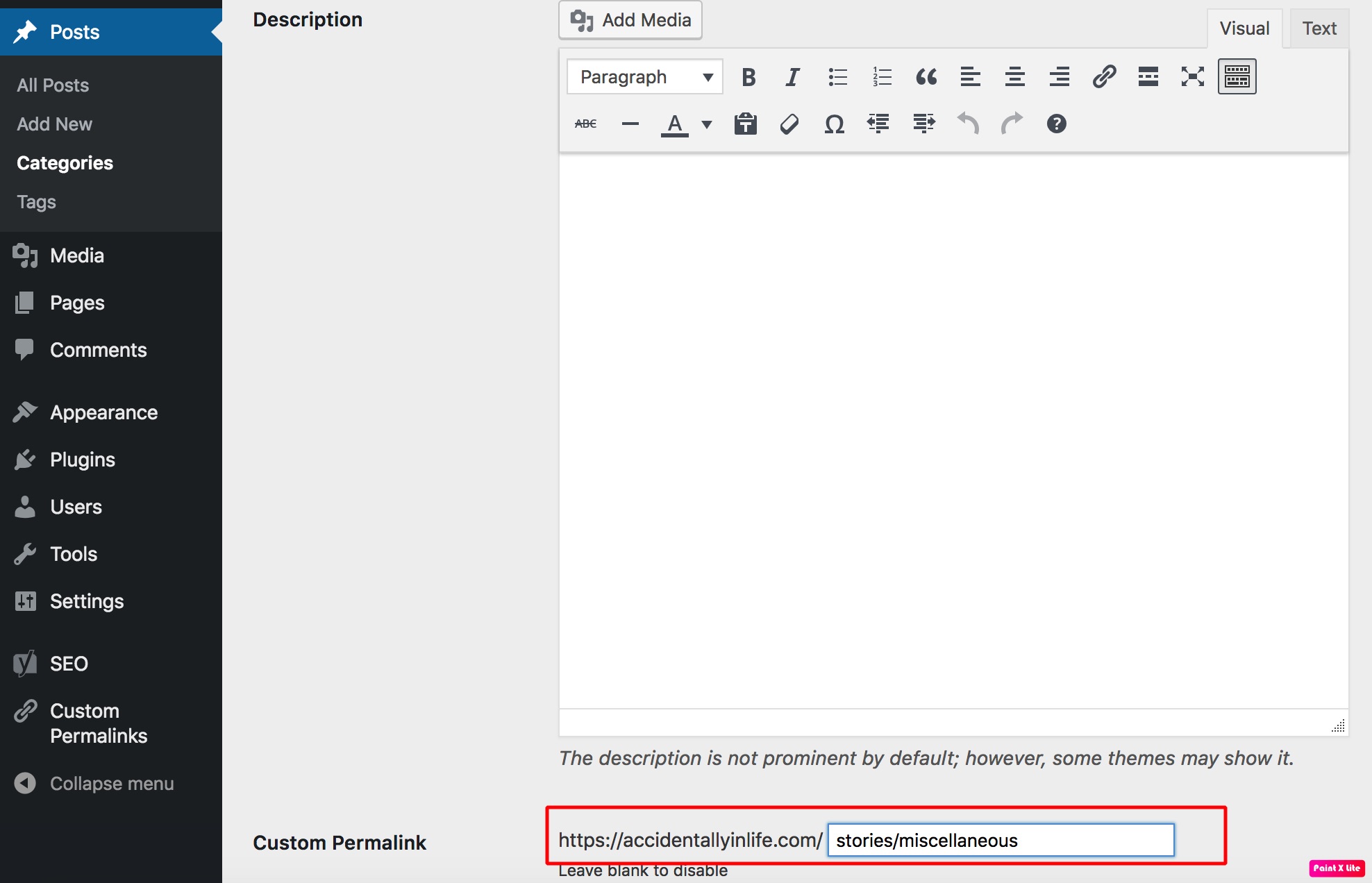WordPress permalinks are the address of your blog post or page on the internet. They are the direction readers are going to look at. Permalinks play an important role, helping your website get discovered, shared, and becoming SEO friendly.
In this article, we will learn about the importance of having a well-organized WordPress permalink structure. We will also look at changing and customizing the permalinks to suit our needs. So grab a coffee, in case you need a sip.
Why are permalinks important?
Permalinks are short for permanent links. They are published content URLs in your WordPress site. Permalinks are what people enter in the browser address bar to view your content. Search engines and other websites will use permalinks to link to your website too. For example, if you want to share or visit this article, you need to enter https://www.000webhost.com/blog/wordpress-permalinks-and-how-to-set-them in the address bar.
As the name implies, permalinks are permanent. It means that they are a fixed address of content that you publish. You can change it at a later point, though. However, you also need to redirect old post URLs to the new one manually. Otherwise, the search engine and the readers will receive a 404 error. That’s why it is better to set permalinks at the time of posting, to save yourself trouble in the future.
There is one solid reason why permalinks are such a big deal. A good permalink structure is beneficial for both algorithms and humans. Say, for example, I want to publish an article called “What Are Permalinks in WordPress? How to Set Them”. If my permalink is:
- https://www.000webhost.com/blog/wordpress-permalinks-and-how-to-set-them lets you know what the article is about at a glance, right? This type of structure is known as a pretty permalink. That’s because it’s straightforward. You immediately see the category and the subject. Some users even include dates. The best permalinks are also hackable. It means that you can modify the URL text to navigate to another section or listing on the website. For example, if you remove the post slug and have this link https://www.000webhost.com/blog/ you can read all the articles under the blog category, how cool is that!
- And then there are ugly permalinks. They’re called so because there are no clear parameters in the URL. For example, if my permalink is https://www.000webhost.com/?p=65, then I’m sure that no one will know what the article is about. It is that simple.
As we mentioned before, good permalinks will have a better chance to score positively impact SEO ranking more. A URL with concise and clear words is easier to understand, both for humans and search engines. For a kicker, you can also add the article’s main keyword in the URL. Human, or bot, looking for a specific issue like what are permalinks will most likely click a URL like that, won’t they?
Pro Tip: Set up your permalink structure when you create a WordPress site. At the very least avoid WordPress plain structure.
Choosing permalinks structure in WordPress
Now you know that permalinks are essential for your website, let’s set one up. On your WordPress Admin Dashboard, navigate to Settings → Permalinks, and you will see the following options:
Pro tip: Remember to backup before making any changes on the website!
There are several options available. Can you spot the ugly one? Yes, the plain setting is the one that you should change right away.
- Plain – As the name suggests, it is plain and ugly. Change it immediately!
- Day and name – Your article will be structured based on the date of the day and post name.
- Month and name – Your article will be structured based on month and post name.
- Numeric – Your article will be structured numerically.
- Post name – Your article will be structured based on the post name.
- Custom Structure – You can customize the structure, for example, you can set it based on the category and post name (https://yoursite.com/%category%/%postname%/).
After you choose the structure, click Save Changes at the bottom of the page.
The best structure depends on your needs. All of these structures are definitely good for SEO, except the plain one. It depends on what type of website and content you post. For us, we structure our blog with category and post name.
We don’t use the date in the structure because behaviorally it discourages visitors to read our content. People tend to avoid older material because it seems out-of-date when in fact it still can be relevant. However, this might be different if, for example, you run a news website. You might want to add additional details for your readers, and that’s perfectly fine. So think carefully which structure suits you best.
Note: Try not to change your permalink structure after you publish an article or page, especially if you manage a well-established website. The idea behind permalink is that they should be permanent. Changing it at a later point will alter your website index and existing SEO ranking.
Custom individual permalink for post or page
After setting up your website’s permalink structure, you can also tweak particular posts and pages. In WordPress, it is often thought that if you change a post’s permalink, it changes the post’s slug. We’ve dedicated a whole post about WordPress slugs on our sister website. You can view it here.
Here is a quick look at the post’s editing screen. Click the Permalink section and make the appropriate change.
Changing post slug dost not actually change your permalink structure. However, you create a custom permalink. Typically, it would require you to change the website structure, and it would alter your existing post or page set up. But, rest assured, you don’t have to do that with a little help from the Custom Permalinks plugin.
Upon installation and activation, you can simply change and edit the URL to anything you want. You can also create custom categories. Go to Post → Category and edit or create a new custom name.
Conclusion
There you go, we have learned about permalinks and why they’re such a big deal for your website. We also learned about WordPress permalink structure and how to change it to suits our needs. Things to remember though, if you run a well-established site, older than 6-months and have post regularly, you should seek professional help if you want to restructure the website’s permalinks. As changing the old URL to a new one will cause trouble for visitors and search engines linking to your site.
For now, we hope that this article helps you understand WordPress permalink structure better and to set it up accordingly. We’ll see you in the next article.











